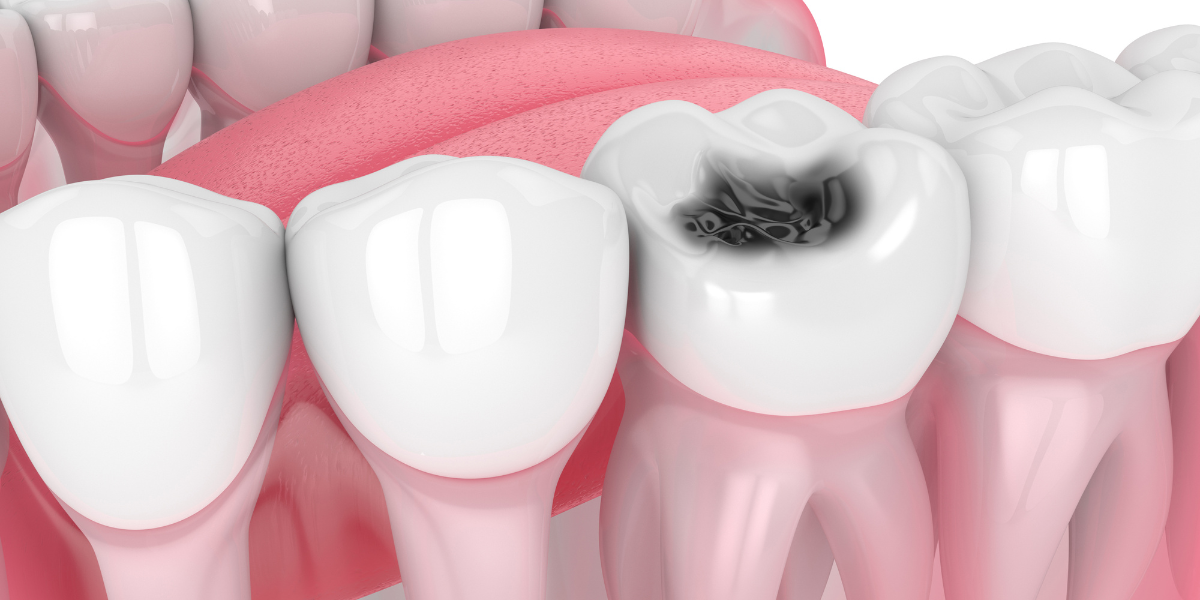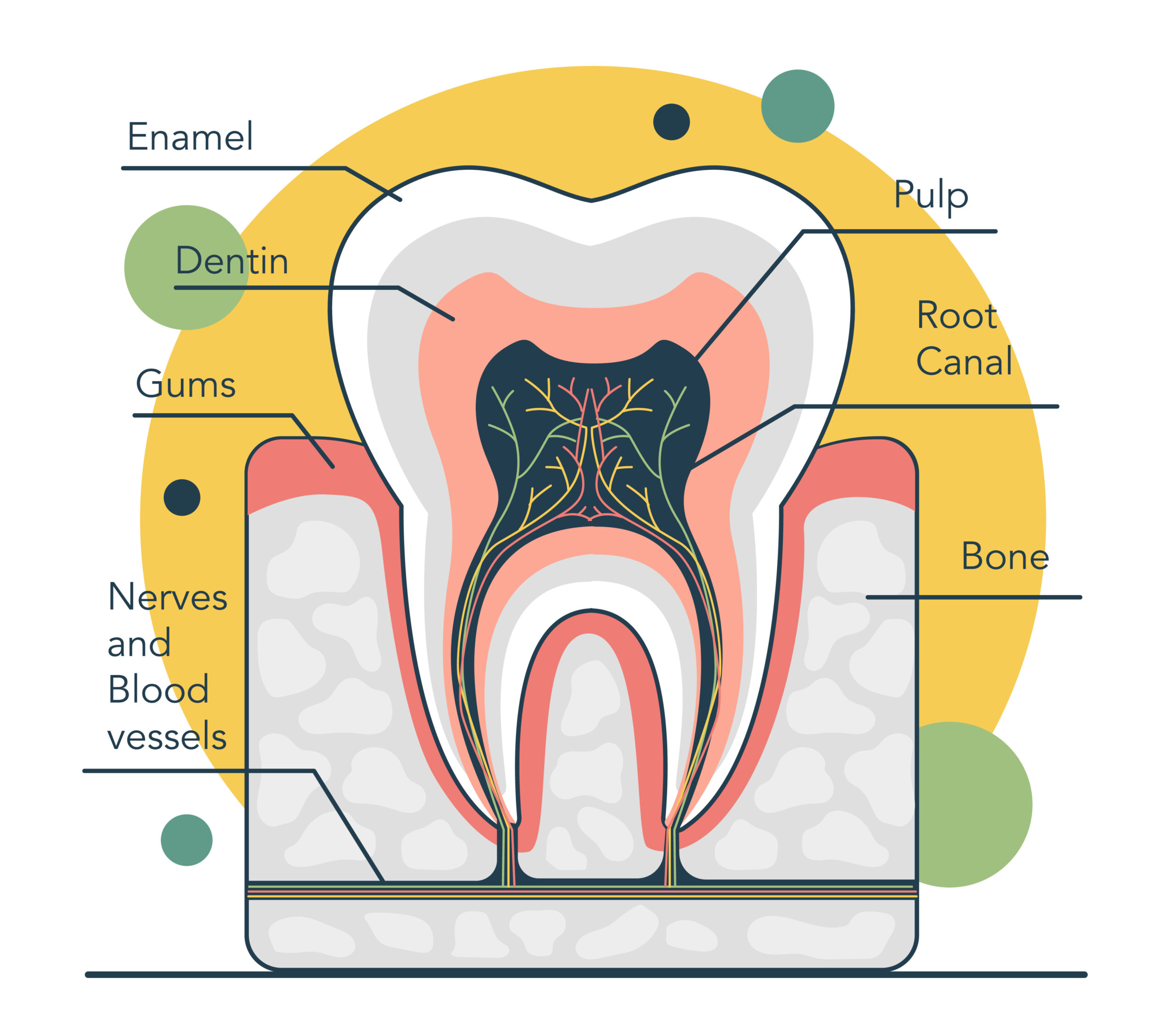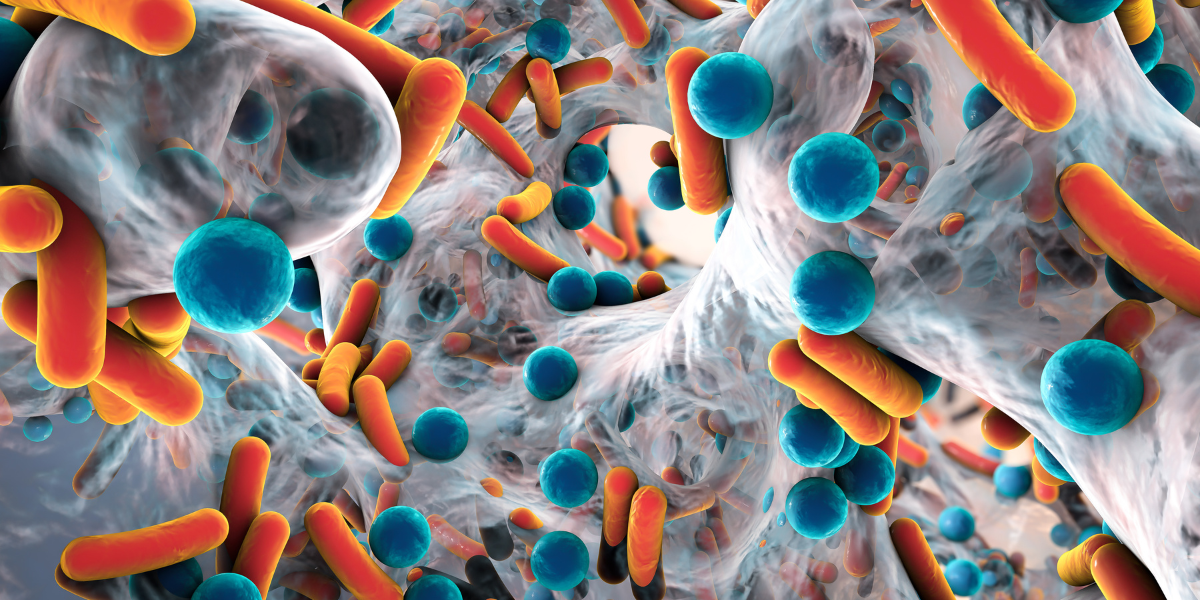Answers to the 4 most commonly asked questions about cavities

Most of us have had a cavity at some point. Maybe it required a filling, maybe it didn’t. But why? Find out how cavities develop, when they really need treatment, and how to prevent them in the future!
What are cavities?
Cavities are also called dental decay or dental caries. They are caused by bad bacteria and an acidic oral environment [3]. Additionally, frequent exposure to sugary foods and drinks increases the risk of cavities. In the early stages of a cavity, it may appear white and chalky if it is in an easily visible area. Next, cavities may appear brown, and then black. Over time, cavities appear as a hole in the tooth. However, even if you do not see a hole in your tooth, you could have a substantial cavity! Sometimes, they start small and burrow under the enamel, causing large amounts of damage.

Do cavities always hurt?
Teeth are made of three main layers. The enamel, or the outer surface of the tooth, is the hardest substance in your body. The next layer is dentin, a slightly softer layer. The third layer is the pulp, or the nerve and blood supply of the tooth. When cavities are just beginning in the enamel, you probably won’t feel pain [1]. Once they progress into the dentin, you may start to have tooth sensitivity to cold or sweets. By the time most people have pain, the cavity has progressed all the way into the pulp of the tooth! If your cavity is this advanced, you will probably need more complex dental treatment. It’s also important to know that there are other dental conditions that can cause pain, so be sure to see a dentist if your mouth is hurting.
How do I know if I need a filling?
Regular preventive dental visits are important to protect your dental and whole-body health [4][5]! During the earliest stages of dental decay, your dental healthcare professional is your best asset in identifying cavities. X-rays and special magnification eyewear are two of the ways your dental team can detect cavities when they are still very small. During this stage, simpler treatment may be possible to repair the damage. If you have noticed that you have a hole in your tooth, you need dental care! A filling or other treatment may be recommended. The earlier you catch dental decay, the more conservative your dentist will be able to be. Depending on how advanced your cavity is, you may need something more in-depth, such as a crown or root canal.
What can I do to prevent cavities in the future?
In addition to seeing your dental team two to four times annually, depending on your oral condition, one of the best things you can do at home to prevent cavities is to brush your teeth twice per day for two minutes each time and to clean in between the teeth with floss or other methods at least once per day. Also, toothpaste and mouthwash with fluoride help prevent cavities by strengthening the teeth [2]. Be sure to read the instructions on your dental products to be sure you are getting the maximum benefit from them!
- Boyd, L. D., Mallonee, L. F., Wyche, C. J., Halaris, J. F., (2021). Wilkins’ Clinical practice of the dental hygienist. Jones and Bartlett Learning
- Horst, J. A., Tanzer, J. M., & Milgrom, P. M. (2018). Fluorides and Other Preventive Strategies for Tooth Decay. Dental clinics of North America, 62(2), 207–234. https://doi.org/10.1016/j.cden.2017.11.003
- Institute for Quality and Efficiency in Health Care (2020, February 27). Tooth decay: Overview. National Library of Medicine. https://www.ncbi.nlm.nih.gov/books/NBK279514/
- Little, J. W., Miller, C. S., Rhodus, N. L., & Little, J. W. (2018). Little and Falace’s dental management of the medically compromised patient (Ninth edition.). Elsevier.
- Maurer, K., Rahming, S., & Prvulovic, D. (2018). Dental health in advanced age and Alzheimer’s disease: A possible link with bacterial toxins entering the brain? Psychiatry Research.







